

Our methods for studying children range from fairly conventional to highly innovative. Some methods are based on observing children and recording their behaviors. Other methods are based on recording their eye movements or body movements with specialized cameras and software.
We also measure childrens' and parents' heart rate with electrodes connected to a device for measuring the electrical activity of the heart or by detecting blood flow in the face with special software capable of magnifying miniscule differences in the color of pixels from a digital camera.
All methods are safe and naturalistic. Parents always stay with young children throughout the entire lab visit, including during testing procedures.
Research topics include:
Eye tracking is a method for determining exactly where the child is
looking on a computer screen from one moment to the next.
This monitor-mounted system works by reflecting a dim infrared light
onto the eye and recording the reflection pattern with
sensors mounted below the screen.
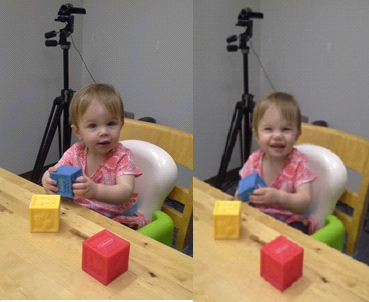
Infants look, smile, laugh, babble, and talk during our studies.
They sometimes play with toys or search for objects. We video record
their behaviors so that we can measure the durations and sequences of different actions.
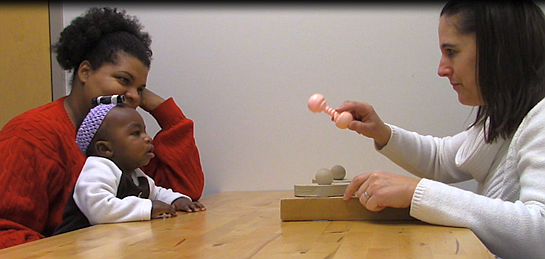
You are viewing this scene from a third-person perspective.
The lip-stick sized tube on the infant's head is a camera that
shows us what the infant sees from his perspective.
This way we can know more precisely if the infant is looking
up or down or to the right or left.

Sticky sensory pads (electrodes) are attached to the chest of the
child in order to record miniscule changes in the electrical
activity of the heart. These electrodes are connected to a
device that samples the signal and calculates the heart beats per minute.
Sometimes, heart rate will reveal changes in the infant's state that
cannot be observed behaviorally. We are currently exploring a new
video-based method for measuring heart rate that analyzes the
microscopic changes in the coloration of the pixels that are
associated with blood flow in the face.
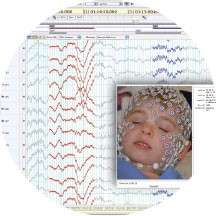
The brain is always active, and we study this activity by placing
small sponge-like electrodes on the scalp and recording tiny electrical
potentials in response to different stimulus events.
This method enables us to learn what babies and young
children perceive and represent about the people and objects that
surround them. We are especially interested in when and how babies
represent the goals and intentions of other people who they observe.
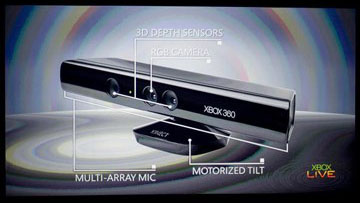
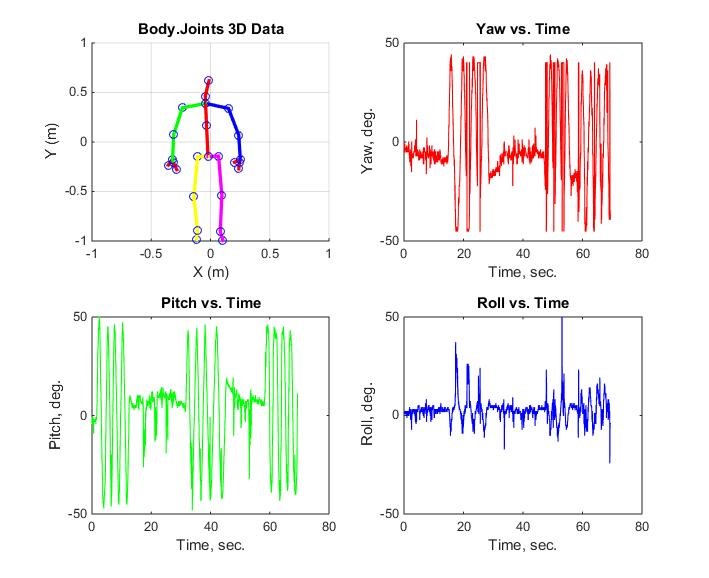
Children’s behaviors reveal a great deal about their knowledge of themselves
as well as the world around them. We can measure how well these behaviors are
coordinated with the same Kinect Sensor used in the Xbox One by Microsoft.
This sensor contains a VGA camera, depth sensor, and 4 microphones that can isolate voices.
A body joint model is output at 30 Hz providing 3D coordinates of 25 joints and
yaw, pitch, and roll of the head. We measure the synchrony of body movements and head rotations
between individuals as a quantitative index of mimicry. (read more)